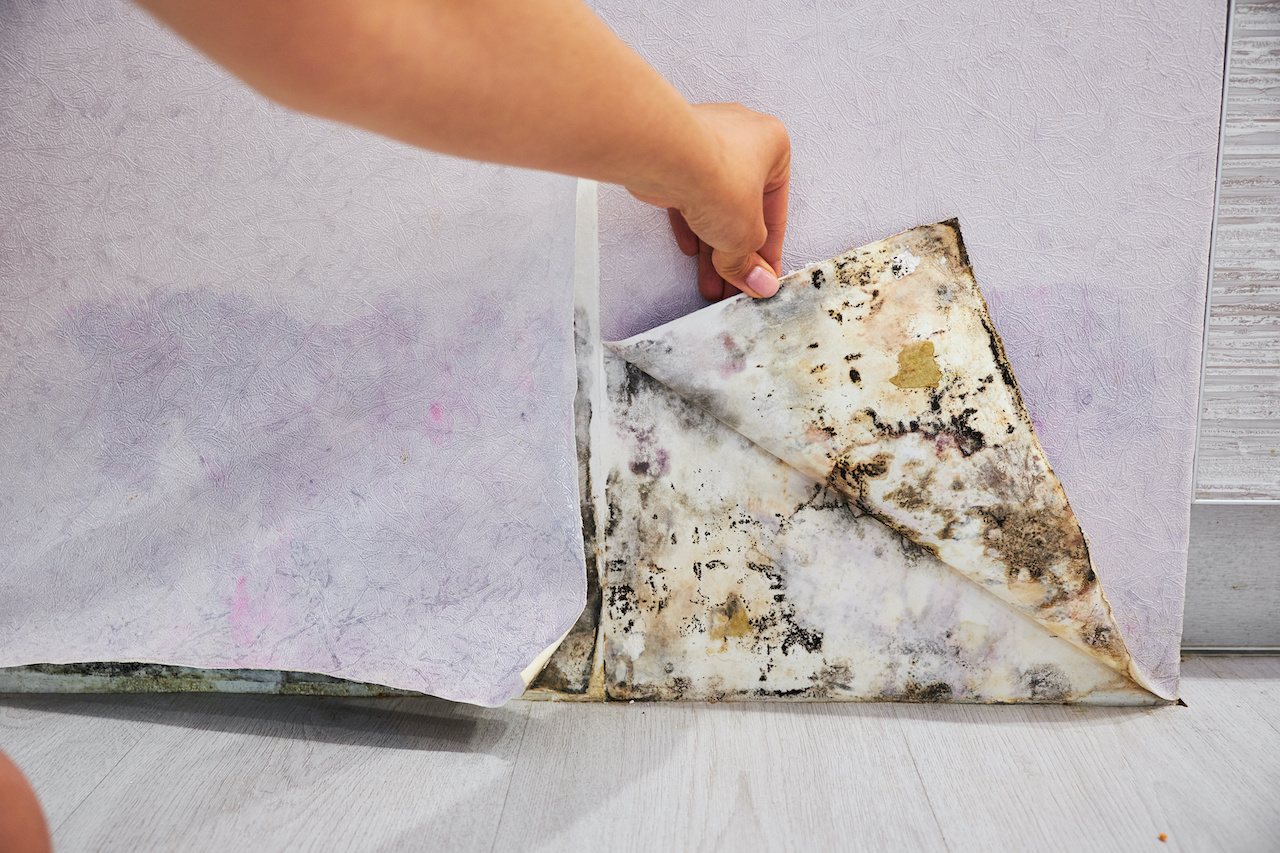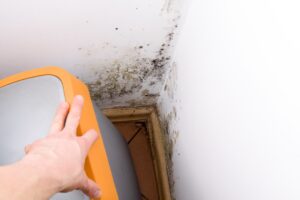Aside from ruining your carpets, furniture, and personal belongings, floods can cause some lasting damage to your walls. That’s especially true of drywalls, which can easily collect and trap moisture inside. Luckily, if you act quickly enough, you can avoid having to deal with black mold on drywall. And we’re here to tell you exactly how!
Conditions for Mold Growth
Though it may not look that way, mold is alive, and as such, it needs food, water, and oxygen to survive. Usually, homes can provide two of these things — oxygen and food. Mold typically feeds on organic matter, such as paper and wood, commonly used for the structural elements of a house. Water can wick up drywall so that even 1” of flooding could cause the drywall to become wet up to 4’ from the floor. Also, the paper backing of drywall is a perfect source of nutrients for mold.
But of course, when your home is dry, there’s no need to worry. No matter how much organic matter you have in the house, mold won’t start growing without water. But remember — even the smallest excess of moisture could spell trouble. That’s why it’s crucial to keep your home dry at all times.
What to Do in Case of Drywall Water Damage
Try as you might to keep your home dry, sometimes things can go wrong. For example, you could experience a flood, or a pipe could suddenly burst in your bathroom. Either way, you might find yourself having to deal with serious drywall water damage and potential mold growth.
To prevent black mold growth, the first thing you need to do is dry out the area as quickly as possible. If you have any paintings, furniture, or other decor hanging or leaning on the wall, remove them. The damaged area needs to be exposed to air in order to dry faster.
Unfortunately, you need to take down your wallpaper too. That can be time-consuming, but it’s necessary because moisture could accumulate behind it. For that same reason, you should remove all baseboards and molding — they provide perfect hiding places for mold.
Now that your drywall is completely bare, you may begin the drying process. Open the windows to allow air to circulate or get some fans and dehumidifiers to help. Don’t stop until you are 100% certain that the drywall is fully dry. If you’re not sure how to tell, hire a mold cleaning company to check for you and give you advice.
Once your walls are dry, you can hang your paintings back and re-apply wallpaper. Of course, make sure that no items you put up are wet. That way, you definitely won’t have to deal with black mold on drywall!
In Conclusion
Black mold on drywall can cause serious damage to your home’s structure and your health. If you’ve discovered mold growth despite your best efforts to avoid it, give us a call. Sometimes the problem can be too difficult for you to handle alone but easy enough for a professional mold cleaning company. So don’t hesitate — put your health and the health of your family first and call us today!








